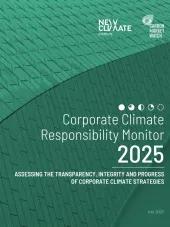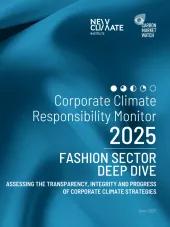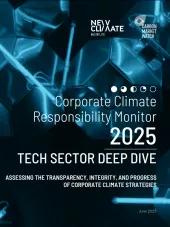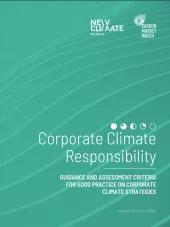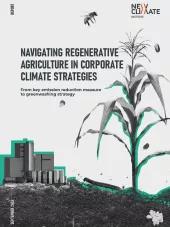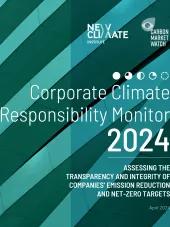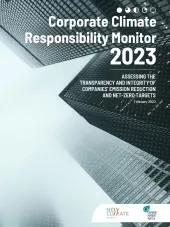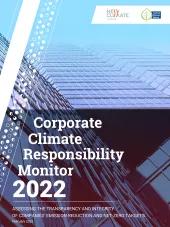The food and agriculture sector is responsible for nearly one-third of global greenhouse gas emissions, while also driving biodiversity loss and contributing to health-related impacts. This year’s agriculture and food chapter of Corporate Climate Responsibility Monitor 2025 assesses five of the largest agrifood companies: Danone, JBS, Mars, Nestlé and PepsiCo, focusing on how their climate strategies align with key transitions needed to cut emissions.
Despite some promising initiatives, this agriculture and food sector deep dive finds that current actions from these companies are unlikely to result in meaningful emission reductions.
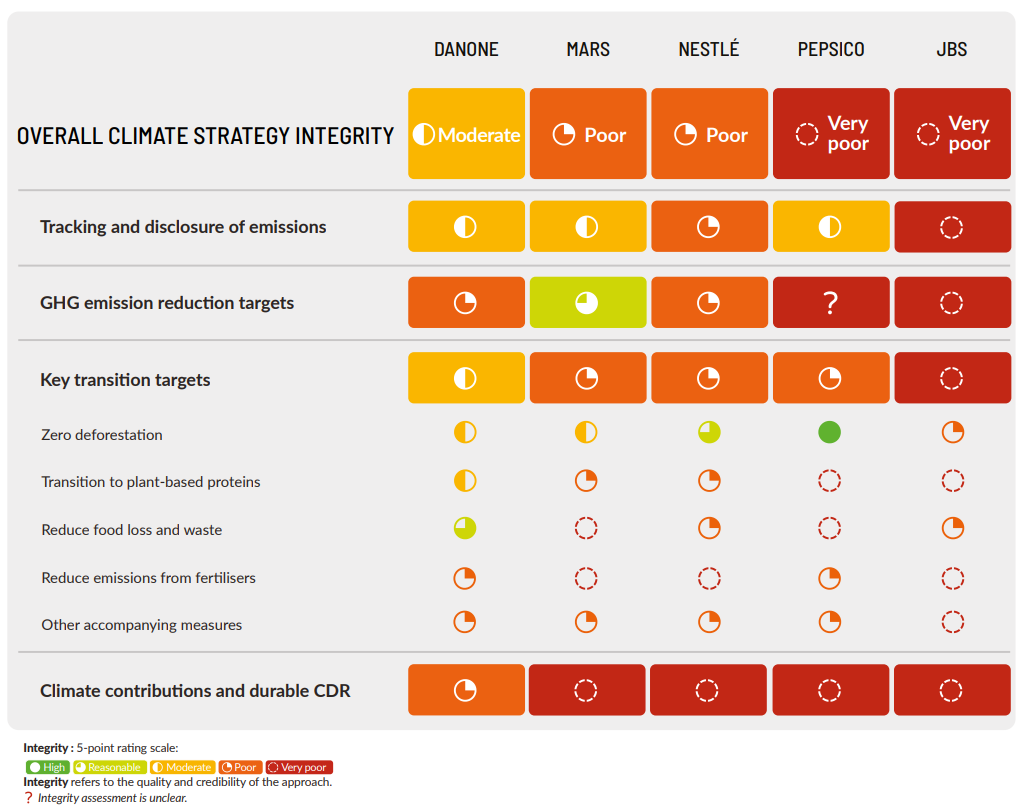
Key findings include:
- Dependence on land-based CDR distracts from the need to reduce emissions: Companies plan to rely heavily on land-based carbon dioxide removal (CDR) to achieve their targets. This focus on CDR distracts from a lack of commitment to cutting emissions. While the draft GHG Protocol Land Sector and Removals guidance recommends setting separate targets for emissions reductions and removals, the current SBTi FLAG guidance appears to allow companies to count removals toward their reduction targets. We found that Danone, Nestlé and PepsiCo seem to be taking this approach.
- Agrifood companies do not commit to transitioning to plant-based protein despite some early promising measures, neglecting the urgent need to reduce methane emissions: Livestock production is a major contributor to global greenhouse gas emissions, accounting for close to 15% of global anthropogenic GHG emissions and around 80% of global agricultural methane emissions. Of the five companies assessed, only Danone presents plans to shift to plant-based protein.
- All companies commit to halting deforestation, but clear plans on implementation are lacking: All companies apart from JBS have commitments in place to only source deforestation-free commodities by 2025. However, these commitments include caveats such as limited coverage of commodities, only covering direct suppliers or use of commodity certificates without physical traceability.
“Commitments to key, structural emission reductions are generally lacking in the agrifood sector. Especially the lack of action to reduce methane emissions is worrisome, since it is such a potent greenhouse gas.” – Sybrig Smit, co-author
Main recommendations include:
- Emission reduction targets need to be separated from removal targets and should be clearly linked to key transitions.
- Companies should establish transition-specific targets tied to key areas like plant-based protein, fertiliser use and food waste and break down targets by greenhouse gas to improve transparency.
- Standard-setters should ensure clarity around emission reduction requirements for the agrifood sector.
This analysis is part of the Corporate Climate Responsibility Monitor (CCRM).
The full report – including deep dives of the agrifood, fashion, tech and automotive manufacturers as well as cross-sector trends and recommendations – will launch in 10 July 2025.




